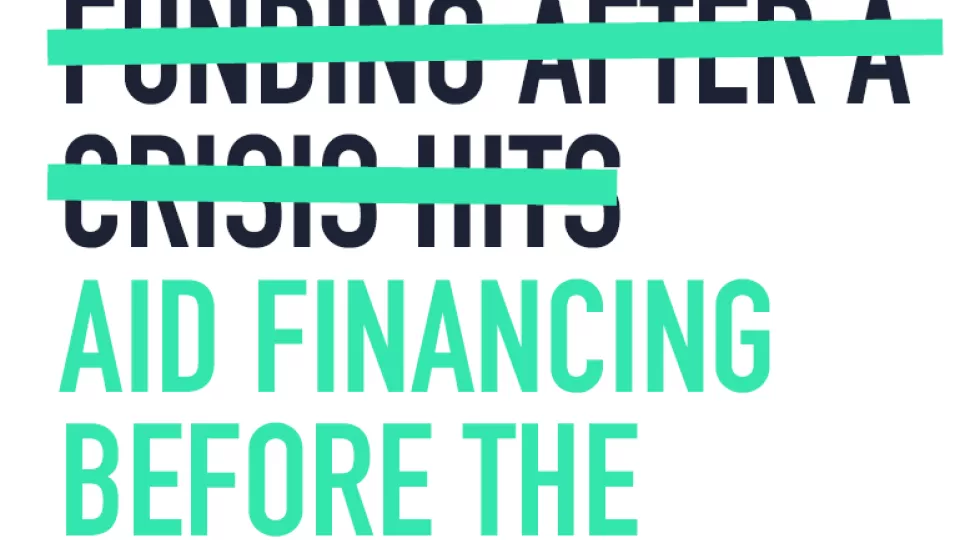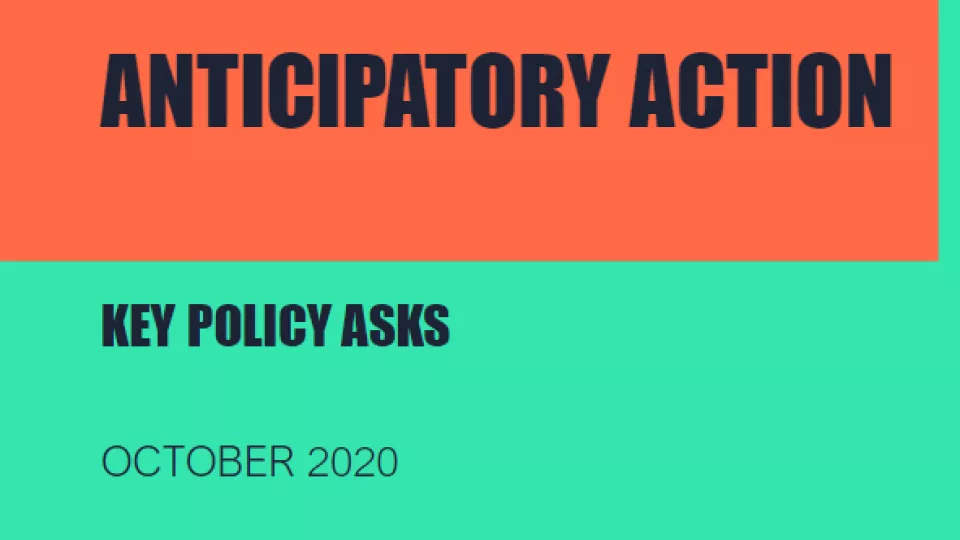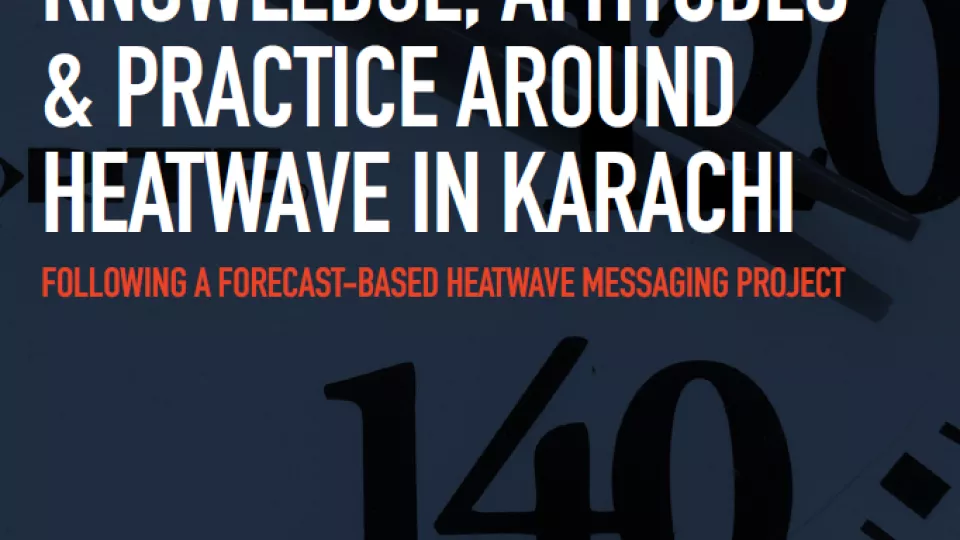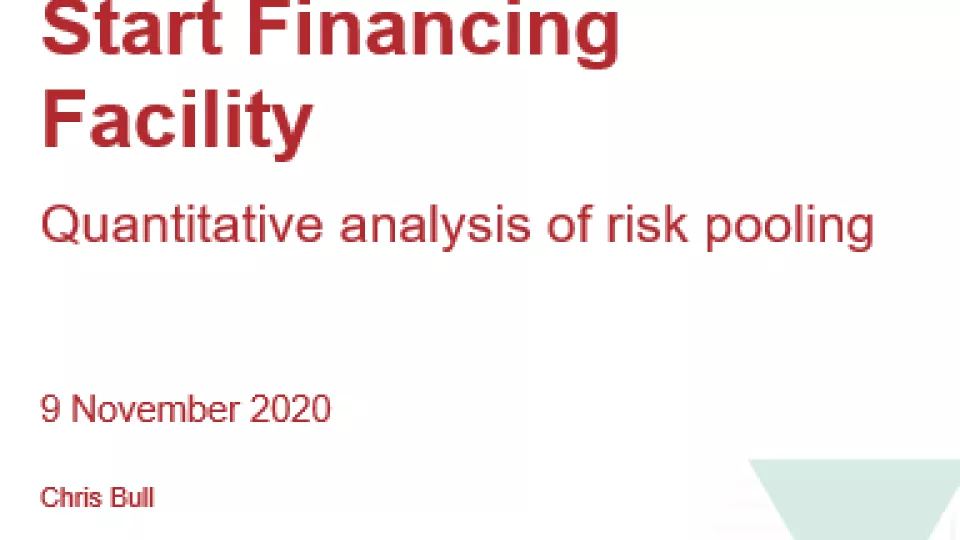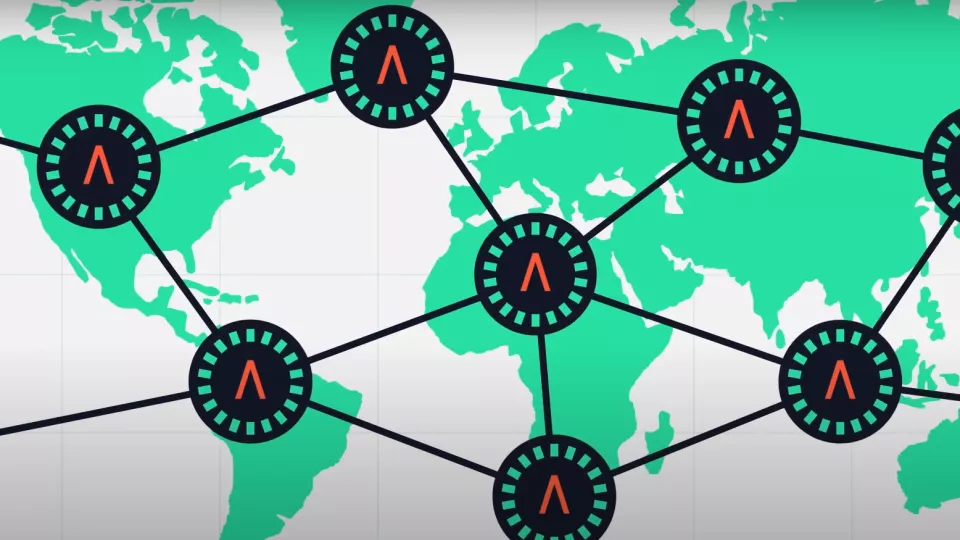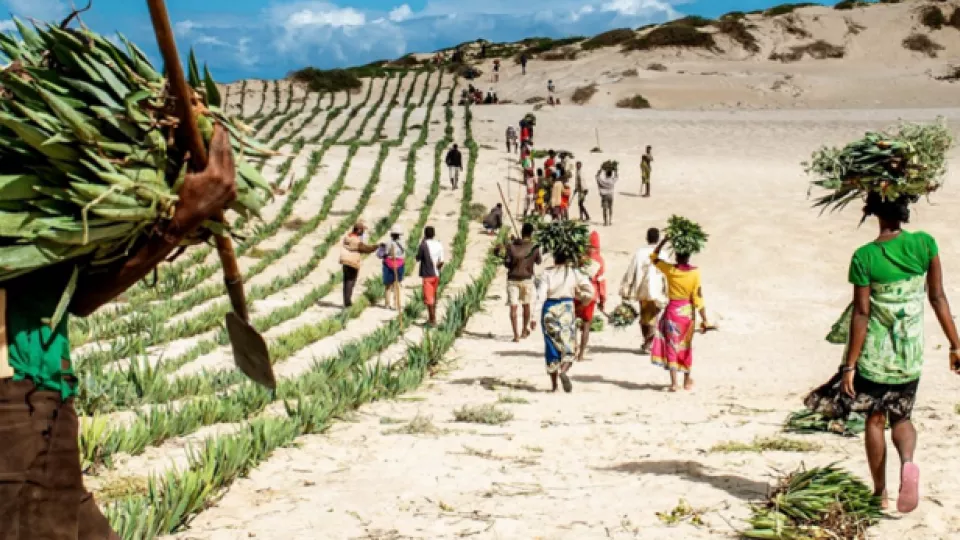
Reflections on the High-level Humanitarian Event on Anticipatory Action
A High-level Humanitarian Event on Anticipatory Action, convened by OCHA and the Governments of Germany and the UK, took place on 9 September 2021. This brought together leaders from across governments, international financial institutions, the United Nations (UN) and civil society, who delivered powerful statements on their commitments to act to ahead of crises. Here, Sarah Klassen, Ben Webster, Jânio Dambo, and LA Dimailig offer their personal reflections on what this event achieved – and what should happen next.

